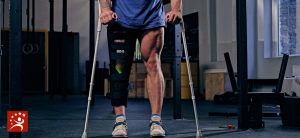If you know someone who participates in sports or leads an active life, odds are you also know someone who suffers from tendonitis. Tendonitis is a relatively common condition that can be quite painful and affect performance, as well as everyday activities that require movement. Let’s find out exactly what tendonitis is, what symptoms to look for, and which of those symptoms you absolutely shouldn’t ignore.
What Is Tendonitis?
To understand what tendonitis is, it helps to understand anatomy. Tendons are strong, fibrous bands of connective tissue that join our muscles to our bones. When these tendons become inflamed or swollen, it’s called tendonitis. Tendonitis most often is caused by repetitive or over-use of the tendons. Tendonitis is common in athletes because they tend to overuse their tendons doing repetitive motions for their sports activities. When too much stress is placed on the tendons in areas such as the wrist, knee, or ankle, tendonitis can develop. Common forms of tendonitis include tennis elbow, golfer’s elbow, jumper’s knee, swimmer’s shoulder, or pitcher’s shoulder.
Common Symptoms of Tendonitis
Symptoms of tendonitis tend to vary depending on the person and which part of the body is affected. Most of the symptoms tend to occur at the location where the tendon attaches to the bone. Although each person is different, some common signs of tendonitis include:
- A dull pain or tenderness near the joint that tends to worsen with activity.
- Swelling and inflammation in and around the area near the tendon/bone.
- Joint stiffness, especially in the morning.
- A grating feeling when the joint moves.
- Warm, tender or inflamed skin that covers the tendon.
- Additional discomfort and pain at night, especially after a day filled with strenuous activity.
Symptoms that Warrant a Call to the Orthopedist
In most cases, tendonitis responds rather well to medication, rest, and physical therapy. However, if your symptoms worsen or if you notice additional symptoms developing, don’t hesitate to call your doctor. Symptoms that you should not ignore include:
- Redness or swelling around the joint that does not go away.
- Fever and/or chills, usually indicating infection.
- A sudden increase in pain or tenderness.
- A sudden inability to move your joint.
- No relief after a few days of resting, taking over-the-counter anti-inflammatories and/or icing the joint.
What to Expect at Your First Doctor’s Visit
Upon your first visit, your orthopedist may order x-rays or other imaging tests such as an MRI to rule out other conditions that may be causing your symptoms. Your doctor may also draw your blood and take a sample of any fluid that may have accumulated in your joint. Studying your blood and the fluid from your joint can clue your doctor in as to whether there is any sign of infection or damage, such as bursitis.
Once your doctor has ruled out any serious conditions such as infection, he can focus on caring for the tendonitis with a combination of treatments such as medication, injections, and physical/occupational therapy. If conservative treatments still do not relieve your tendonitis, your doctor may suggest surgical option.
There is no need to suffer from tendonitis. The doctors at Colorado Center of Orthopaedic Excellence are board-certified professionals who specialize in diagnosing and treating tendonitis and other orthopedic concerns. The doctors and staff pride themselves in providing the best care possible, delivered with compassion and respect. We would be honored and privileged to be involved in your care. Call (719) 623-1050 or use our online form to request an appointment online today.







